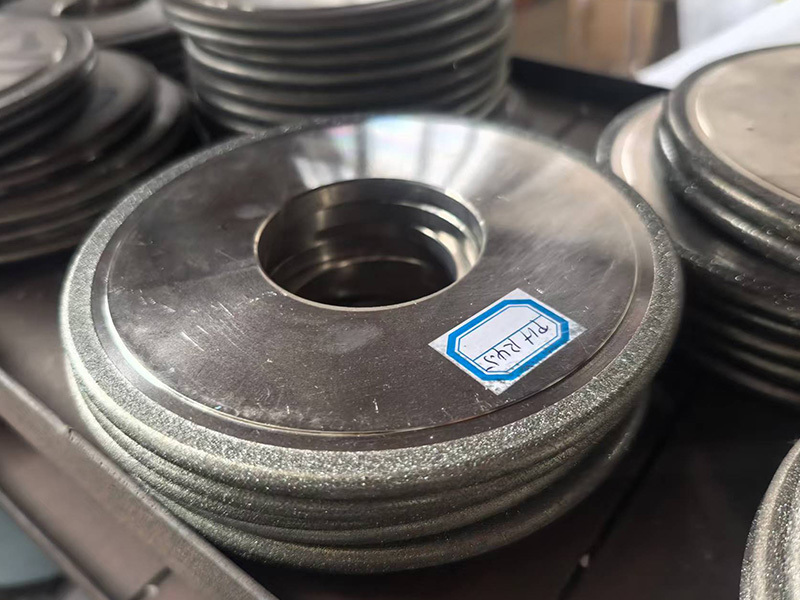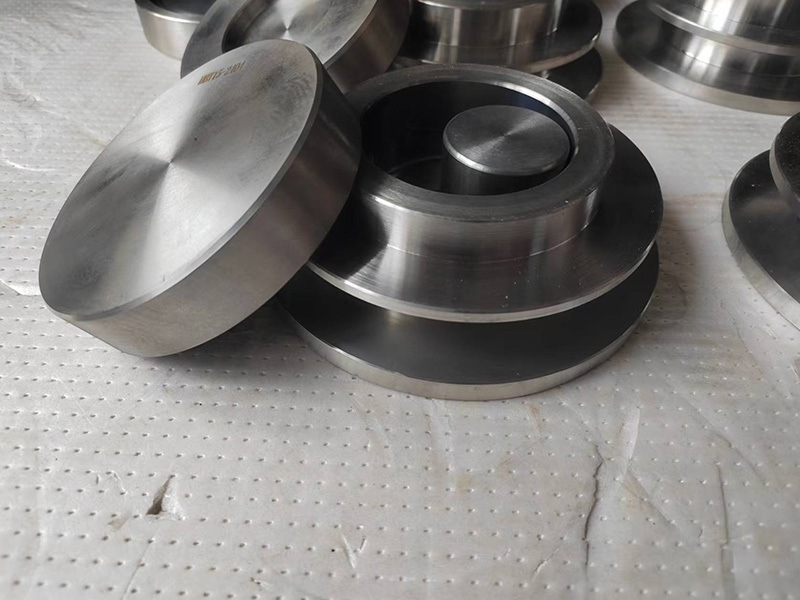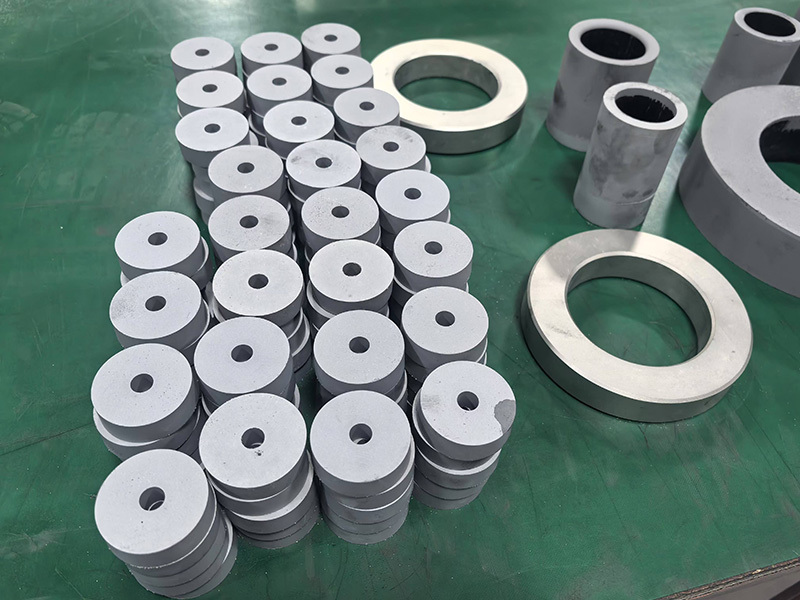Unraveling the Mechanics of Carbide Rolls: A Deep Dive
What is a Carbide Roll?
Ah, the carbide roll! If you've ever stepped into a manufacturing facility, you might have noticed these unsung heroes in action. These little wonders are made from tungsten carbide, a super-durable material that’s tougher than nails. Used primarily in rolling processes, carbide rolls play a crucial role in shaping metal and other materials into precise forms. But wait, how do they actually work? Let’s dig in!
The Basics of Functionality
So, how does it all come together? Well, a carbide roll works on the principle of pressure and friction. When a material is fed through a set of carbide rolls, the immense pressure applied transforms it into the desired shape. It’s like squeezing a tube of toothpaste – the more you push, the more it comes out! This process is often referred to as cold rolling, where metals are reshaped without the need for heating. Talk about efficient!
Why Carbide?
You might be wondering, "Why choose carbide over other materials?" Here’s the kicker: carbide is known for its incredible hardness and resistance to wear and tear. This means that carbide rolls can last longer and maintain their shape better than those made from softer materials. Plus, they can handle high-speed operations with ease. In short, carbide rolls are like the rock stars of the manufacturing world – they just keep performing, no matter the demand!
Applications Galore!
From the automotive industry to aerospace, carbide rolls are everywhere! They’re used in processes such as wire drawing, strip rolling, and even in the production of various components for machinery. It’s almost like a Swiss Army knife of the industrial world; you name it, and there’s a good chance carbide rolls are involved. And hey, they’re not just limited to metals – they’re also effective with plastics and composites. Versatility at its finest!
The Manufacturing Process
Now, let’s take a peek behind the curtain at how these bad boys are made. The manufacturing of carbide rolls involves a fascinating process known as sintering. Essentially, tungsten carbide powder is combined with cobalt, then heated to a super high temperature. This causes the particles to bond together without turning into a liquid. It’s a bit like baking a cake – the right mix and heat come together to form something solid and fantastic.
Maintenance Matters
Like any piece of equipment, carbide rolls need some TLC to ensure they perform at their best. Regular maintenance is key here. Operators should keep an eye on wear patterns and make adjustments as necessary. After all, even rock stars need a bit of grooming from time to time! A well-maintained carbide roll will not only perform better but also extend its lifespan, saving money in the long run.
Conclusion: The Unsung Heroes
In the grand scheme of manufacturing, carbide rolls often fly under the radar. However, their importance cannot be overstated. They are essential for producing high-quality products with precision. So next time you see a carbide roll in action, give it a nod of appreciation. These small but mighty tools are the backbone of many industries, quietly ensuring that everything runs smoothly.
Final Thoughts
In a nutshell, carbide rolls are a fascinating blend of science and engineering. Their ability to reshape materials under pressure makes them invaluable in the manufacturing process. Whether you’re an industry professional or just a curious reader, understanding the workings of carbide rolls can give you a new appreciation for the art of manufacturing. Who knew manufacturing could be so cool?
Tags:
Related news










